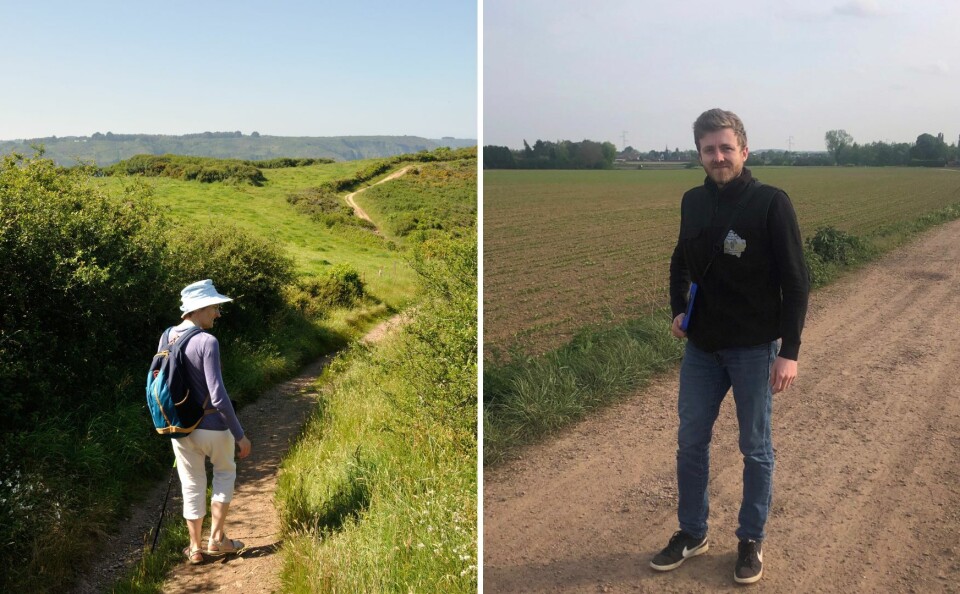-
Why microphones are installed in hundreds of trees across France
Researchers have set up devices in more than 100 forests across the country
-
French nature festival is a paradise for bird watchers
The spring event runs from April 12-20, showcasing the rich flora and fauna of the Baie de Somme
-
Drivers in France: Look out for this new road sign
The sign aims to encourage more environmentally-friendly driving and road usage practices
French hunters and hikers unite to save rural footpaths for wildlife
The unlikely alliance have seen a drop in biodiversity where countryside paths have been destroyed or forgotten - they explain why

Footpaths have never had the same political connotations in France as they have in the UK where the ‘Right to Roam’ battles against anti-trespass laws in the 1920s were one of the factors which boosted the Labour Party.
Paths bring benefits to commune
Things are starting to change, and in the north of France an unlikely coalition of hunt syndicates and walking groups is actively fighting to keep them open.
They have formed an association called the Chemins du Nord Pas de Calais-Picardie.
Antoine Callens, a member of the association, told The Connexion: “Footpaths are part of the physical heritage of the countryside, with some that go back hundreds of years now being threatened with extinction.
“They bring all sorts of benefits to communes – for walkers and cyclists and for the hunts, which make them nicer places to live in.
“During Covid lockdown, many realised just how much they missed being able to go out into the countryside – without our chemins ruraux it will be much more difficult for them to do so.”
Study shows impact on wildlife
He said there was also a growing awareness of environmental benefits.
“Scientists have only recently become aware of their importance in protecting biodiversity.
“There was one study which found that something like 60% of all birds’ nests in the countryside were within 10 metres of a chemin rural, because the open space of the path lets them get around easier, and also attracts the insects which they use to feed their young.
“Similarly, there is a high concentration of small mammals making their home close to the chemins, for the same reason.”
Hedges and paths made way for farmland
As a hunter from an early age, Mr Callens, 23, said he and other members of the hunt had seen a reduction in wildlife in areas where paths had disappeared.
“The really big changes to the countryside took place in the 1980s and the 1990s,” he said.
“Farmers were encouraged to rationalise their fields and make them bigger and so more efficient for machines, and it is then that many hedges and rural roads were ripped up and ploughed under.”
He said thinking had now changed.
Must revisit old maps for a path census
“In France, unless a chemin rural passes through a property on both sides, which is rare, it is the property of the commune and the commune should keep it open.
“The problem is that local councils often do not know all the chemins ruraux in their commune, even though they are marked on the cadastre map, and so they do nothing.”
After being invited by councils, the association carries out a census of the paths marked on the cadastre map, including old ones, and then looks at the situation on the ground.
Related articles
Brittany cliff path ruling is win for hikers over ‘rich people’
Farmers and hikers given safety tips on French Pyrenean Mountain Dogs
Is there a way to check if a hunt is taking place near me in France?
























